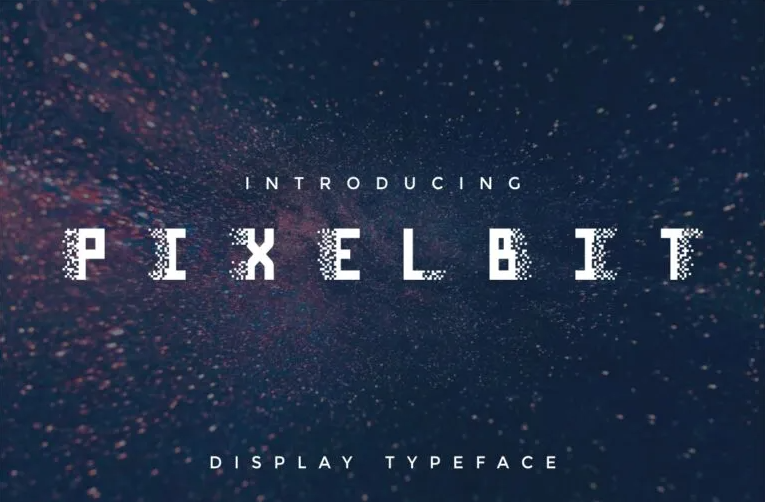
As artificial intelligence (AI) continues to revolutionize industries worldwide, the creative sector—once considered untouchable by automation—is undergoing a remarkable transformation. From smart design tools to generative image platforms, AI is redefining how illustrators and designers work, think, and create.
But is this the beginning of the end for human creators? Or is it the start of a new era filled with opportunities?
In this article, we’ll explore the evolving future of illustrators and designers in the age of AI: how the creative process is shifting, which tools are leading the change, and how professionals can thrive by embracing rather than fearing the future.
AI is no longer a futuristic concept—it’s already integrated into many design workflows. Platforms like Adobe Firefly, Canva’s Magic Design, Midjourney, and DALL·E allow designers to generate ideas, concepts, or even entire visuals in seconds.
Rather than replacing creativity, AI enhances it. It automates repetitive tasks (like resizing assets or cleaning up sketches), generates content suggestions, and accelerates prototyping—leaving more room for human emotion, storytelling, and artistry.
💡 Example: An illustrator could use Midjourney to generate quick thumbnails for a comic panel before refining the concept manually.
Designers today are no longer just visual artists—they’re strategists, researchers, content curators, and technologists. As AI handles the more mechanical parts of design, the human role shifts to ideation, curation, emotion, and deeper context.
Key shifts in the designer’s role:
One of the biggest concerns in the creative community is: Will AI take over illustration entirely?
The answer is: Unlikely—but adaptation is essential. AI can replicate styles, but it still lacks the depth of intentionality, cultural nuance, and emotional connection that human artists bring.
Illustrators who embrace AI as a supporting tool can increase their output, experiment with new styles, and even create work that was once technically difficult or time-consuming.
To remain competitive and relevant, illustrators and designers must build future-proof skills that complement AI:
In the world of design, fonts are more than just letterforms—they’re emotional messengers. With AI pushing typography design forward, there’s a rise in futuristic, abstract, and expressive fonts.
Here are some fonts from PutraCetol that mirror the tone of AI-driven design:





🔤 Popular Fonts from Dafont That Pair Well:
Instead of resisting AI, creators can position themselves to lead the future by:
💡 Tip: Build a portfolio that highlights creative decision-making, not just visuals. Show how you think.
With great power comes great responsibility. AI raises questions around:
Designers must advocate for transparent usage, ethical training data, and tools that empower—not exploit—creativity.
The future of illustrators and designers isn’t about replacement—it’s about redefinition. AI is changing the rules, but creativity, emotion, and intent still belong to us. The best creators of tomorrow are those who embrace technology with curiosity, not fear.
So, pick up your stylus, open your design tools, and let AI amplify your imagination. The future is not about humans vs. AI—it’s about humans + AI.